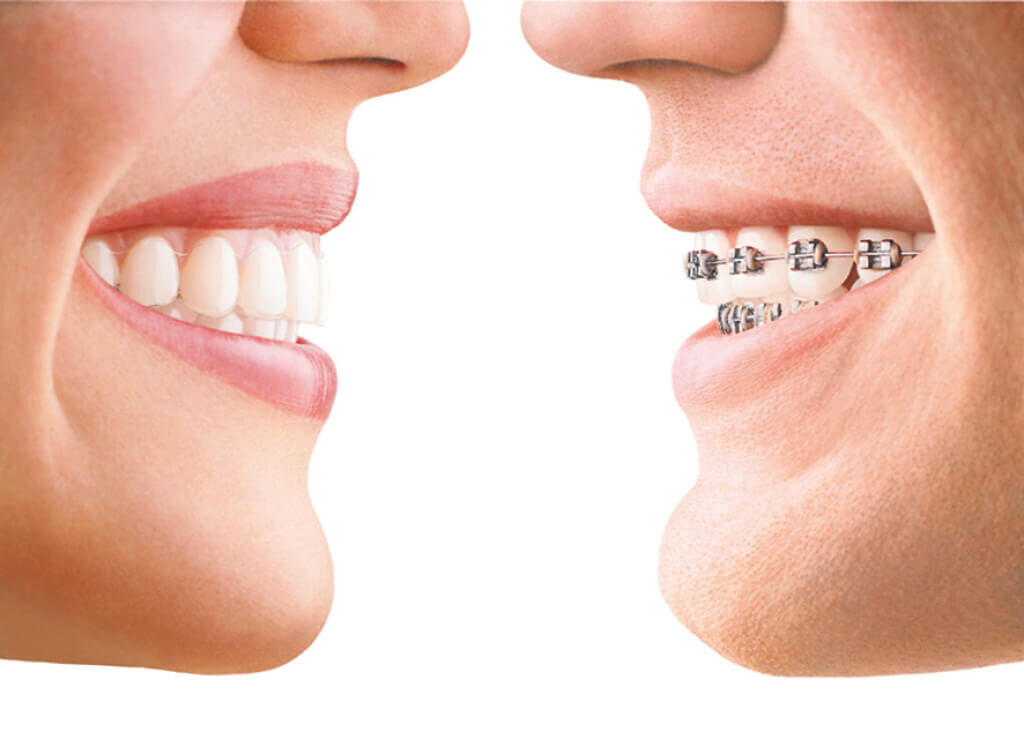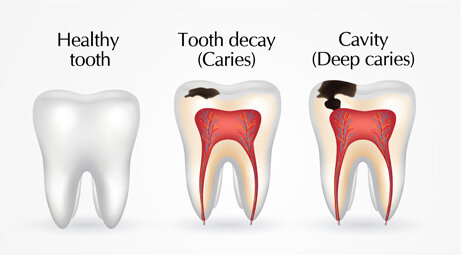Every day, we encounter a number of questions related to various teeth whitening treatments and procedures. Those questions include:
Can teeth whitening damage your teeth?
Is it safe to have teeth whitened?
Does tooth whitening damage enamel?
What are the side effects of teeth whitening?
How can I whiten my teeth overnight?
How can I make my yellow teeth naturally whiter?
Apart from these questions, you may have many more queries on the same. Perhaps, you are curious to find the correct answers. We understand your curiosity, and as a responsible dental specialist, we think all your questions must be answered. Therefore, we have written this blog to answer all your questions related to teeth whitening. It will also give you clarity over teeth whitening treatments and procedures. Let’s go deeper!
Are Teeth Whitening Treatments and Procedures Safe for Your Teeth?
First, we have to learn about various teeth whitening treatments that dentists mostly use to whiten and brighten patients’ teeth. Let’s have a look at those whitening treatments.
Tray Bleaching- Tray bleaching is one of the most commonly used teeth whitening treatments. It involves a custom-made teeth tray filled with a hydrogen peroxide-based bleaching gel.
The hydrogen peroxide-based bleaching gel is a strong chemical that plays the most crucial role in whitening your teeth. This teeth whitening treatment is mainly performed at dental offices by a teeth whitening dentist in McKinney.
Laser Teeth Whitening- Laser teeth whitening (ZOOM) can whiten your teeth within a few hours. During the laser whitening process, a specialized dentist places a concentrated bleaching gel over your teeth and then uses a laser to heat and activate the bleaching gel. This process removes the stubborn stains and yellowness from your teeth quickly.
Over the Counter Products- OTC teeth whitening products involves whitening strips, whitening toothpaste, whitening mouthwash, whitening pens, and whitening light devices. These products are also widely used for whitening teeth, but patients usually use these products at their homes.
Now, coming to the main point, if we talk about tray bleaching, it involves only a small concentration of strong chemicals, which is not harmful to your teeth. Apart from this, the tray bleaching treatment process is performed by teeth whitening specialists at dental offices. So, it would be safe to say that tray bleaching is completely safe for your teeth.
However, if you inappropriately use tray bleaching by yourself at your home, it could be harmful to your teeth. It can cause gum irritation, mouth infections, and damage to teeth enamel.
Coming to laser teeth whitening (ZOOM), it wouldn’t be safe to say that laser teeth whitening is completely harmless for your teeth because it involves chemical-containing bleaching gel and an intense and painful laser heating process. The laser heating process extremely heats up your teeth, leading to some specific infections, irritation in gums, tooth sensitivity, and tooth cracks.
Dentists usually recommend teeth whitening treatment to only those who can bear the heat in their mouth for at least two hours.
Lastly, if we talk about over-the-counter teeth whitening products, they are completely safe to use with proper consultation. They involve lesser chemicals and risks.
Now, you might have got the answer to most of your questions related to teeth whitening treatment risks. Let’s discuss some more questions and try to find out their answers.
How Can I Whiten My Teeth Overnight?
Laser teeth whitening treatment is the only solution to whiten your teeth overnight. It just takes one to two hours. However, it may lead to many specific dental problems, such as gum burn, lip burn, tooth sensitivity, tooth cracks, etc. So, if you are planning to undergo a laser teeth whitening treatment, make sure to first consult with your dentist. He/she will suggest whether laser teeth whitening is a good option for you or not.
How Can I Make My Yellow Teeth Naturally Whiter?
You can naturally whiten your teeth using various home-made remedies and following a healthy routine. Some of the best ways to whiten your teeth naturally are:
Practice Oil-Pulling
Use Hydrogen Peroxide-based Toothpaste
Brush Your Teeth with Baking Soda
Avoid Unhealthy Foods and Drinks
Eat More Vegetables and Fruits
Floss Your Teeth Routinely
Rinse Your Mouth After Every Meal
Which is the Safest and Most Effective Teeth Whitening Treatment?
Consider the benefits, effectiveness, and risks of different teeth whitening treatments. We could suggest that it will be safe to use custom tray bleaching treatment. It is a perfect solution for every dental patient who wants whiter and brighter teeth. It does not lead to any side-effect if this process is done appropriately and under the supervision of an experienced and specialist teeth whitening dentist. So, you can choose this teeth whitening option over others.
Now, we hope you have got almost all the answers to your questions related to teeth whitening. Keep all these things in mind and make sure to choose teeth whitening treatments carefully.






